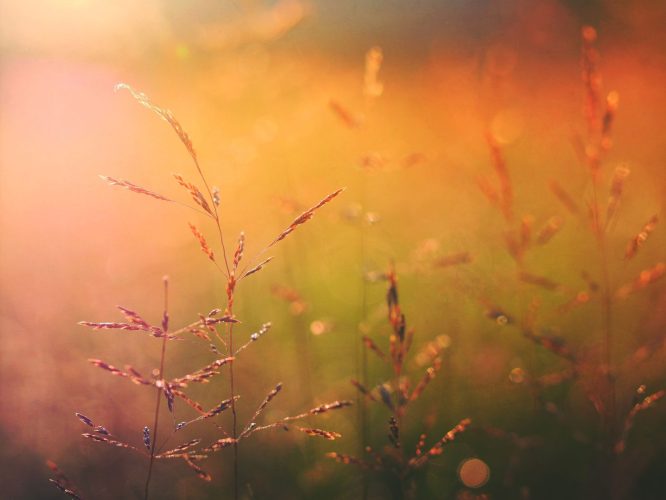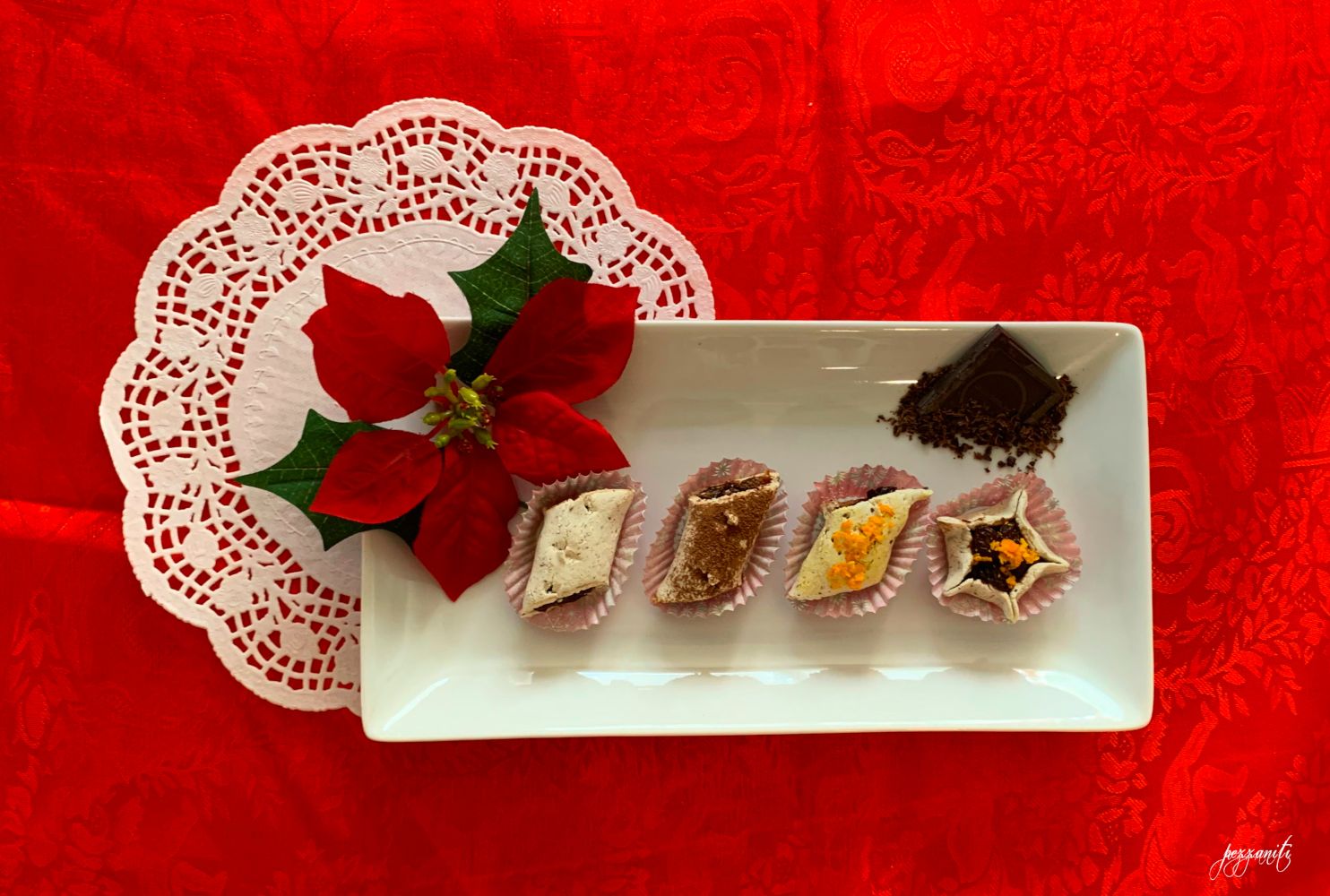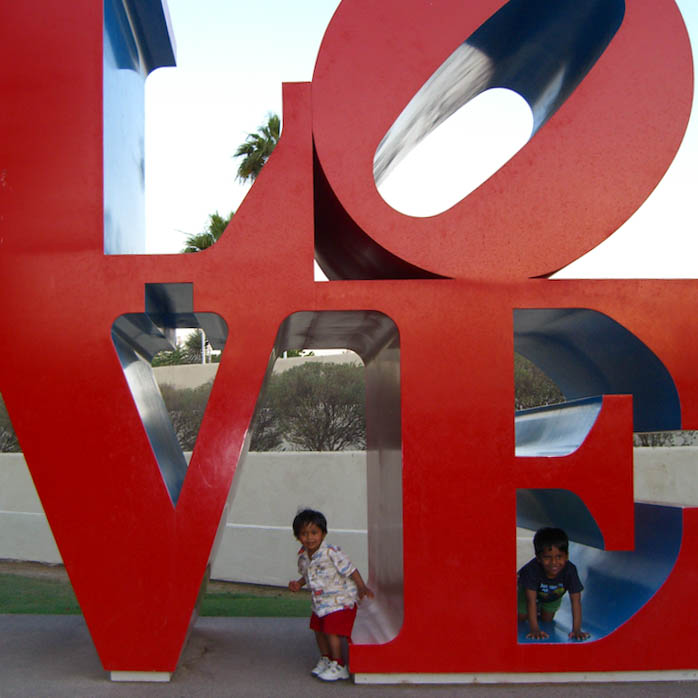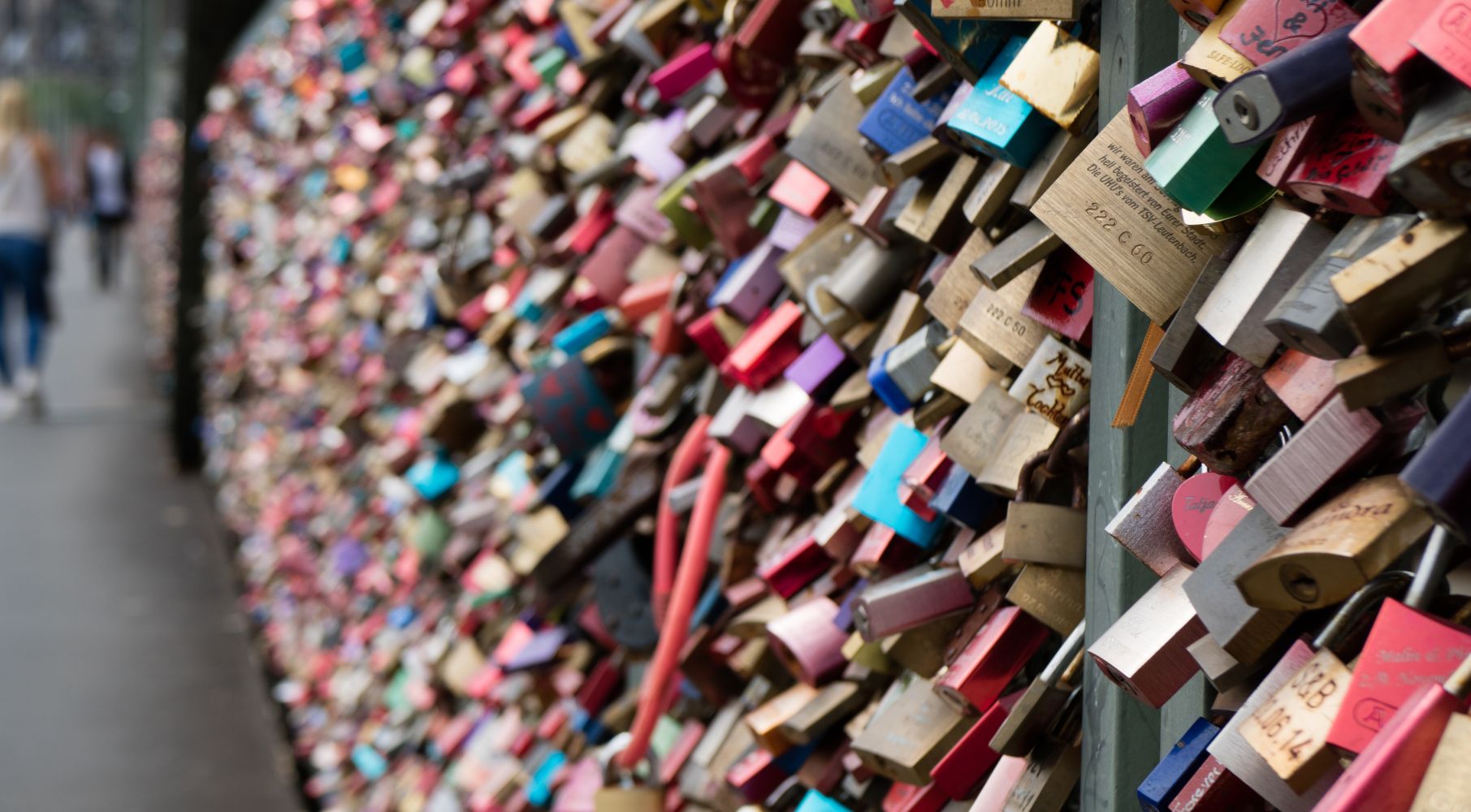Shortly after I returned from a three-week visit to Germany – a country that has seen more than its share of extremism, fascism, and oppression – I came away with this question: What does it take to transform fear and exclusion into trust and welcome, and where in my life do I need to make this shift?
If my beliefs are like seeds, then they will only germinate if they encounter the right environmental conditions, and only once the inhibitors of germination (including the coat of the seed) are dissolved and destroyed. To quote the Roman philosopher Seneca, “Every new beginning comes from some other beginning’s end.” For the new idea of inclusion to take root, the hard shell of exclusion must be dissolved. If I want to dissolve that shell, I need to know what made it, so I looked to my yoga practice to answer my question.
Indian philosophy introduced me to the idea of the kleshas. The literal translation of this term is “poisons,” or internal obstructions blocking awareness of reality. These are what create the hard shell of the seed. When I notice them and recognize that I am making decisions based off them, I can begin the process of removing them.
I found the kleshas referenced in texts on Ayurveda (referred to as types of adhyatmika) and in Patanjali’s Yoga Sutras. I’m going to describe them in a slightly different order than how they are listed in these texts; I visualize them all under the umbrella of avidya, which is often translated as “spiritual ignorance.” However, in my life, I’ve recognized avidya as a form of delusion or misunderstanding (of reality). It is further explained by recognizing specific types of avidya called aversion and attachment.
Dvesa Detour, The Path of Aversion

We are hard-wired for aversion (dvesa). Throughout time, we learned to avoid the poisonous berries, keep a healthy distance from sharp teeth or hot fire, and to recoil from all forms of trauma. As a species, we have become so good at aversion that we remember more of the painful, abusive experiences than the pleasurable ones. For some of us, aversion from discomfort takes on neurotic levels and results in us not seeing the world as it truly is. Our personal histories color our present responses and may block us from opportunities to grow. For example, I was told several times prior to visiting family for Thanksgiving to not discuss politics. “If you want to have a fun dinner, don’t bring it up,” advised well-meaning friends. By avoiding this conversation, I miss a potentially-heated exchange, but I also miss out on hearing another side of a story (I am always more interested in how people arrived at their political views than their actual views). Dvesa takes many forms, from gross to subtle rejections of reality. The problem with living in that state of aversion is that it (like all the other kleshas) builds a wall between me and the world around me. When I make decisions that are colored by dvesa, I take only a part of the whole picture into account.
Raga, The Pleasure Trap
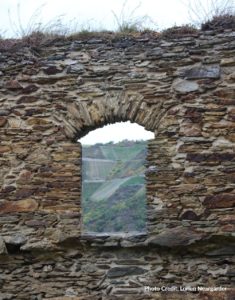
French Philosopher and Jesuit Priest Pierre Teilhard de Chardin said, “We are not human beings having a spiritual experience. We are spiritual beings having a human experience.” What is confusing for this spiritual being having a human experience is that I can only understand Teilhard’s statement while simultaneously participating in my human existence. My sensory organs feed my mind and heart to make sense of the world around me, but, at some point, I grow so attached to this sensory input that I forget to reflect, process, and use the input for enlightenment. I reject what is uncomfortable (dvesa) and cling to the pleasurable to the point of addiction (raga). I glue my eyes to my smartphone to avoid the discomfort of silence and allow the sensory input from the smartphone to stimulate the pleasure centers of my brain, blocking me from the opportunity to connect to reality. I see this pattern play out on social media every day. For the posts that I identify with a “like” are used in an algorithm to suggest other posts that I might enjoy, while hiding the ones that might make me feel uncomfortable or unhappy.
This is not a new idea. In Hermann Hesse’s Siddhartha, the young prince’s family curated his reality by hiding all the people who suffered – the poor, the ill, and the elderly – whenever Prince Siddhartha left the palace. Hesse writes that the prince was 29 years old before he saw his first example of human suffering, which led to his spiritual quest. My social media has used my raga to curate my reality, just as Siddhartha’s family curated his. For 29 years, he made decisions based on a false impression of the world. I notice that travel really helps me work with this klesha because it presents me with the opportunity to pop my raga bubble, see the wide world outside of it, and experience displeasure from time to time.
My social media has used my raga to curate my reality, just as Siddhartha’s family curated his.
Hello, My Name is: Asmita
Whereas raga describes an attachment to things that bring pleasure, asmita describes a specific form of attachment: egoism. Returning to Teilhard’s statement, asmita can be described succinctly. The spiritual being is what is experiencing life through the “sleeve” of a human, but if I never understand this then I get caught in the trap of asmita. Egoism attaches and associates with some descriptor, mistakenly identifying the spirit that animates me with the sense organs that I use to move through the world. As a parent of two children, I grew used to identifying myself through my children (“Hello, I’m Corey and Erika’s mother…”), and then my children grew up and left home. Who am I now? For months after becoming an empty-nester, I found myself turning around every time I heard someone call out, “Mom,” even though my children lived across the country.
Our egos cultivate many labels, not just names. “I am right,” “I am sad,” “I am a yoga student,” “I am a liberal,” etc. These are all rooted in the concept of asmita. They are necessary for everyday communication, but if I am to see the truth of who I am (or who the person standing across from me is), then my work is to remember that I am more than the collection of words that complete the sentence, “I am…” As Impressionist Painter Claude Monet said, “In order to see, we must forget the name of the thing we’re looking at.”
Abhinivesha, White Knuckles on the Steering Wheel

I’ve identified several forms of avidya that cloud my reality; ranging from ignorance to aversion and attachment, but now I come to the most challenging klesha, abhinivesha. This intense facet of attachment can be described by naming a spectrum of emotions. On one end of the spectrum is desire for continuity and resistance to loss, but the other end grows more severe with fear of the death and clinging to the life of.
Like everyone, I struggle with change. Surfing the waves of change has actually become easier as I age, but it’s still a practice. When I was young, I lived with a lot of uncertainty and hungered for something – anything – that I could cling to, like a rock standing firm against a violent ocean. My life has grown much calmer, and I’m no longer battered by scarcity, but this calm comes just in time for the second half of my life when I’m closer to old age and death than I am to counting out pennies for groceries. I want my last decades, days, seconds to be as free from struggle as possible, and I know that gripping tightly to the steering wheel when the car starts to go out of control is not the answer, so I practice letting go of little things. I rehearse steering into the skid to feel more comfortable with the biggest change to come. (See: my article on savasana lessons)
If I only avoid what I hate and collect what I love, because of avidya, I risk growing my life using only one type of seed and never opening myself up to anything new.
I stayed at an AirBnB in Mainz, Germany with a family who described their philosophy to hosting foreigners this way: “It is our hope that with each new person we greet, each new culture we expose ourselves to, and each new idea we exchange, we plant the seeds of tolerance, welcome, and trust.”

